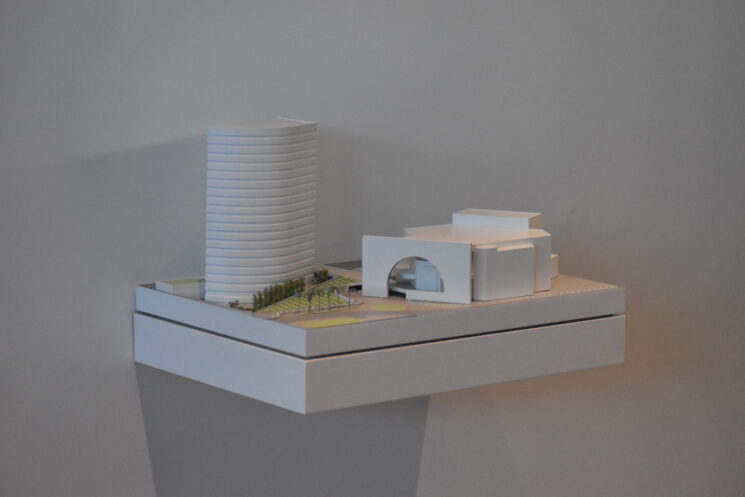
By Minh Ngoc Le
The Orage County Museum of Art (OCMA), located in the heart of the Segerstrom Center for the Arts in Costa Mesa, just opened to the public on Oct. 8th, 2022. Boasting a collection of 4,500 artworks, the museum features a variety of sculptures and paintings focusing on empowering women and highlighting the diversity of Orange County.
Even though the museum has just settled into its new, permanent space, its rich history with modern and contemporary art dates back to the 1960s.
It all started when thirteen innovative women came together to open a small art gallery, then called the Balboa Pavilion Gallery, in 1962. Sharing the conviction that people should have a creative venue to exhibit their love for art, they rented a small space in Newport’s Balboa Peninsula and opened the then-second contemporary art museum in Southern California.
After being renamed as the Newport Harbor Art Museum in 1968, and later, OCMA in 1977, the museum has now developed a reputation for itself. Within 24 hours of opening, more than 10,000 visitors came to appreciate the space.
Although there are multiple ways to appreciate the arts, learning about the exhibitions and seeing them in person is a truly unique experience. FVHS art teacher, Jundek Jong, highlights the importance of appreciating the arts and taking a moment to observe something so simple yet so special.
“Based on everything I’ve been hearing and reading about, the museum seems like a remarkable space with a lot of great exhibitions and learning opportunities for everyone,” Jong said. “Because the museum is so close to campus- less than 15 minutes away- it allows students to learn more about the arts in their own community.
OCMA is well known in the world of arts for its success in presenting the voice of promising artists and its innovative exhibitions to highlight these works. At their new home, open to the public, the museum will continue to focus on the possibilities of art through immersive workshops, film series, performances, and more, with the hope of connecting people from different areas through art and ideas.
One of the most prominent features of the museum is its impressive architecture.
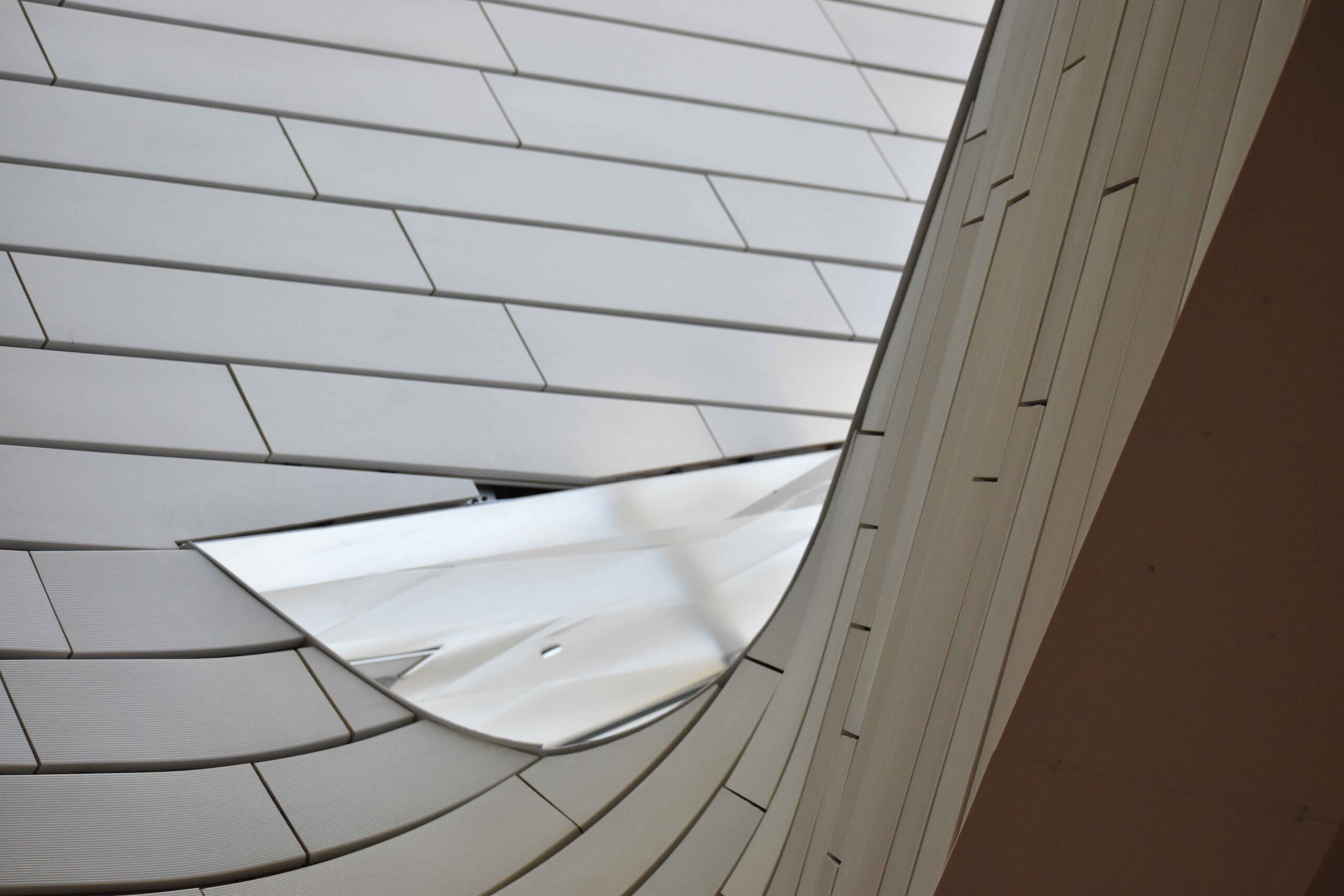
The Pritzker Architecture Prize-winning architect Thom Mayne of Morphosis Studio designed the $93 million structure, spanning 53,000 square feet wide.
The museum’s urban designs not only embellish the museum with its intricate details, grand staircases, and sky bridges, but are also environmentally, socially, and economically sustainable. Upon entering the structure, visitors are welcomed with a light-filled Atrium, viewing up to a labyrinth of pathways blended with beautiful, arched walls.
A stunning sky bridge leading towards the Grand Staircase on the second floor is one of the most popular spots for visitors. The stairs, serving a view of the beautiful Segerstrom Center, are inspired by the Metropolitan Museum of Art in New York. The outdoor steps leading up towards the roof terrace not only serve as a gathering spot for visitors but are also intended to connect people from across Orange County.
Though the architecture is stunning, the exhibitions inside are equally as remarkable. Most of the pieces featured inside the museum are created by current, living artists. With its focus on early and mid-century modernism, as well as Bay Area figuration, California Light and Space, etc., the museum not only appreciates the beauty of these works but also brings awareness to the themes that it conveys women empowerment and diversity.
“OCMA’s strengths [is that] we have a lot of living artists, so a lot of the themes being displayed right now [centers around] empowerment,” Leila Al-shibibi, the engagement guide of the museum said. “We have female empowerment, cultural empowerment in the California Biennial [collection], and also the work of black artists.”
The museum currently has five major exhibitions, with most featured until the start of 2023.
Out of all the pieces displayed, Fred Eversley’s “Reflecting Back (the World)” especially made an impact.
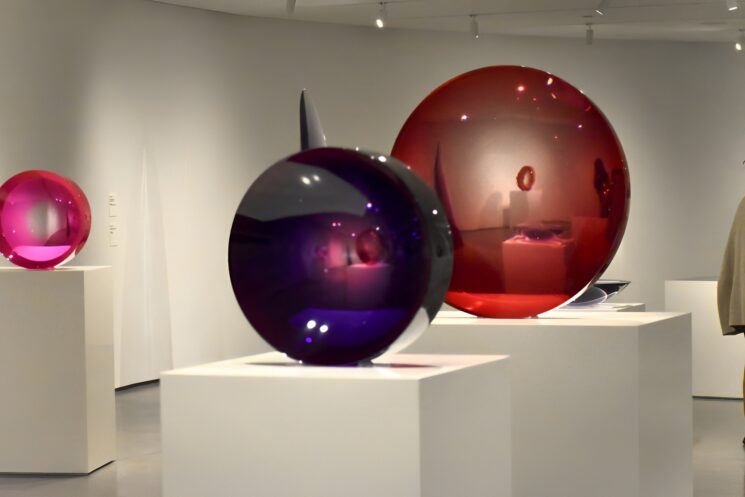
The interactive gallery, located on the second floor, features a seemingly floating, lens-like sculpture with shiny surfaces reflecting and refracting our world. As a scientist and engineer, Eversley constructed these pieces using his knowledge from designing for NASA. That’s why these delicate orbs with convex surfaces often appear like captured planets and stars, with some simply flying in space and others falling from the cosmic sky.
His collection aims to help people see their place within the universe while creating a connection between visitors as they walk through the human-scale exhibition.
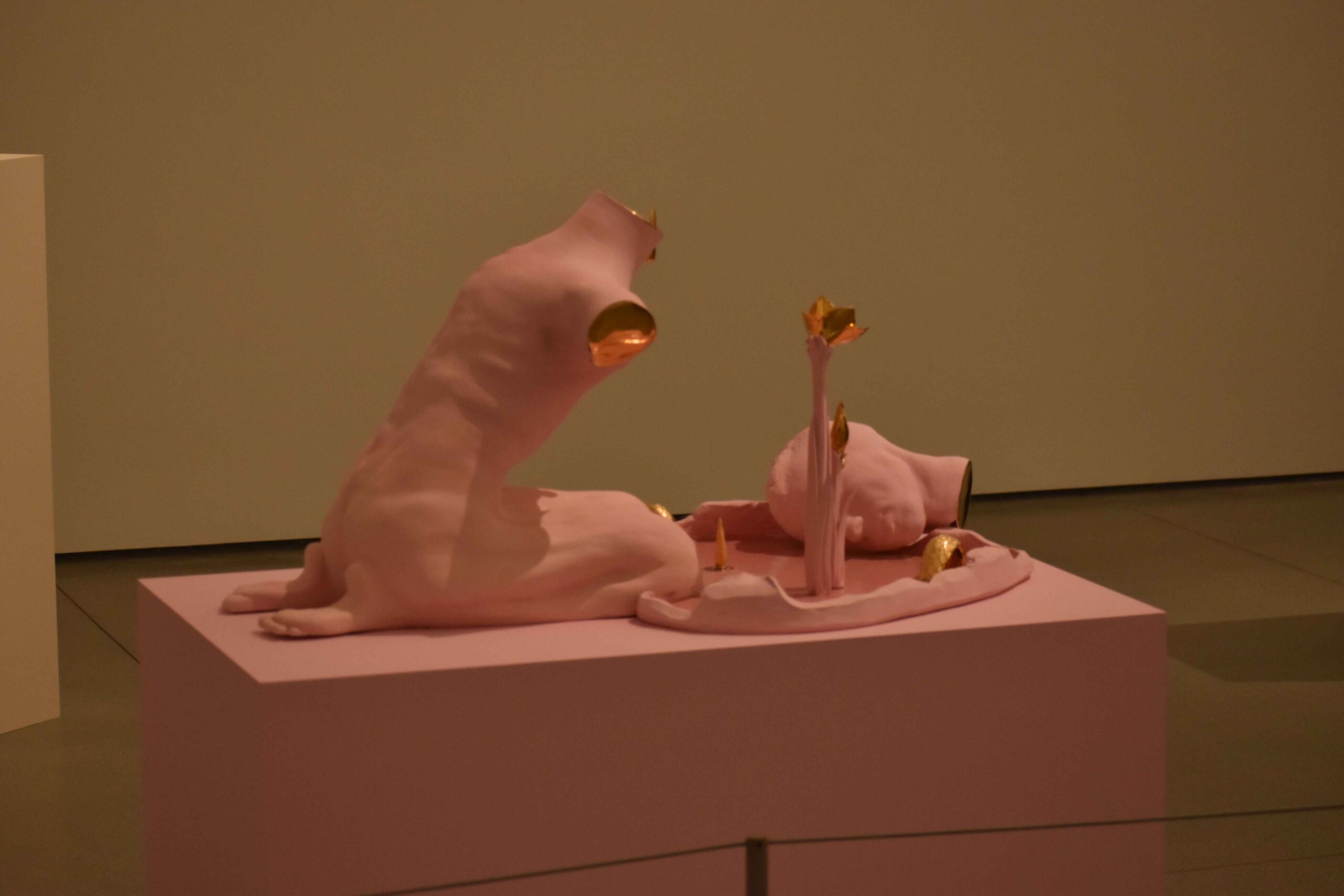
The museum also features the collection, “13 Women,” named to honor the thirteen women who founded the Balboa Pavillion Gallery, now known as OCMA. Featuring works from the 1960s to the present, each work from the piece displayed is created by a pioneering female artist who shares the same convictions for the future as the founders of the museum. The exhibitions not only feature paintings but also life-sized sculptures and other 3-D art.
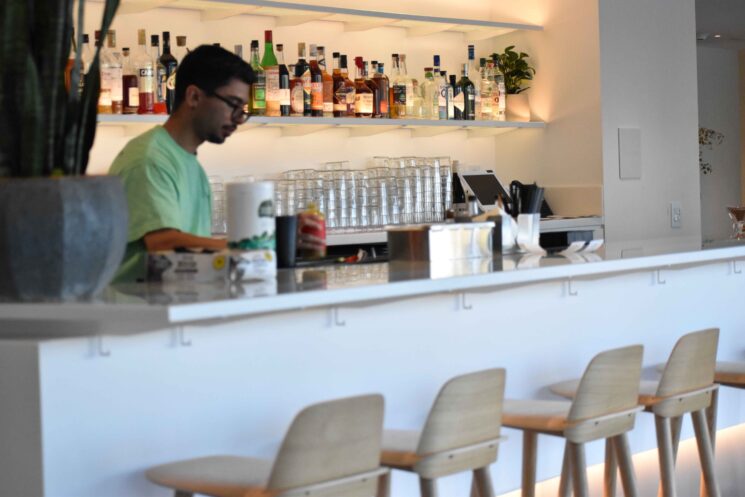
If you’re feeling hungry after a day at the museum, do not fret. OCMA also features the Verdant café that highlights the seasonal foods of Southern California. Not only are the ingredients organic, but they are also locally sourced. The café also offers a variety of drinks and a stunning view of the Grand Staircase for visitors to enjoy as they experience the unique dining experience.
Though there are only a few exhibitions featured in this article, there are many others at OCMA to be enjoyed. The museum has free admission for all visitors and will have multiple workshops and seasonal events throughout the year.
“I think that the collections at Orange County Museum of Art really speak to a lot of the cultural diversity in California,” Al-shibibi said. “I think it’s a good way to uplift people, and just have everybody come over to gather and bond over art.”





